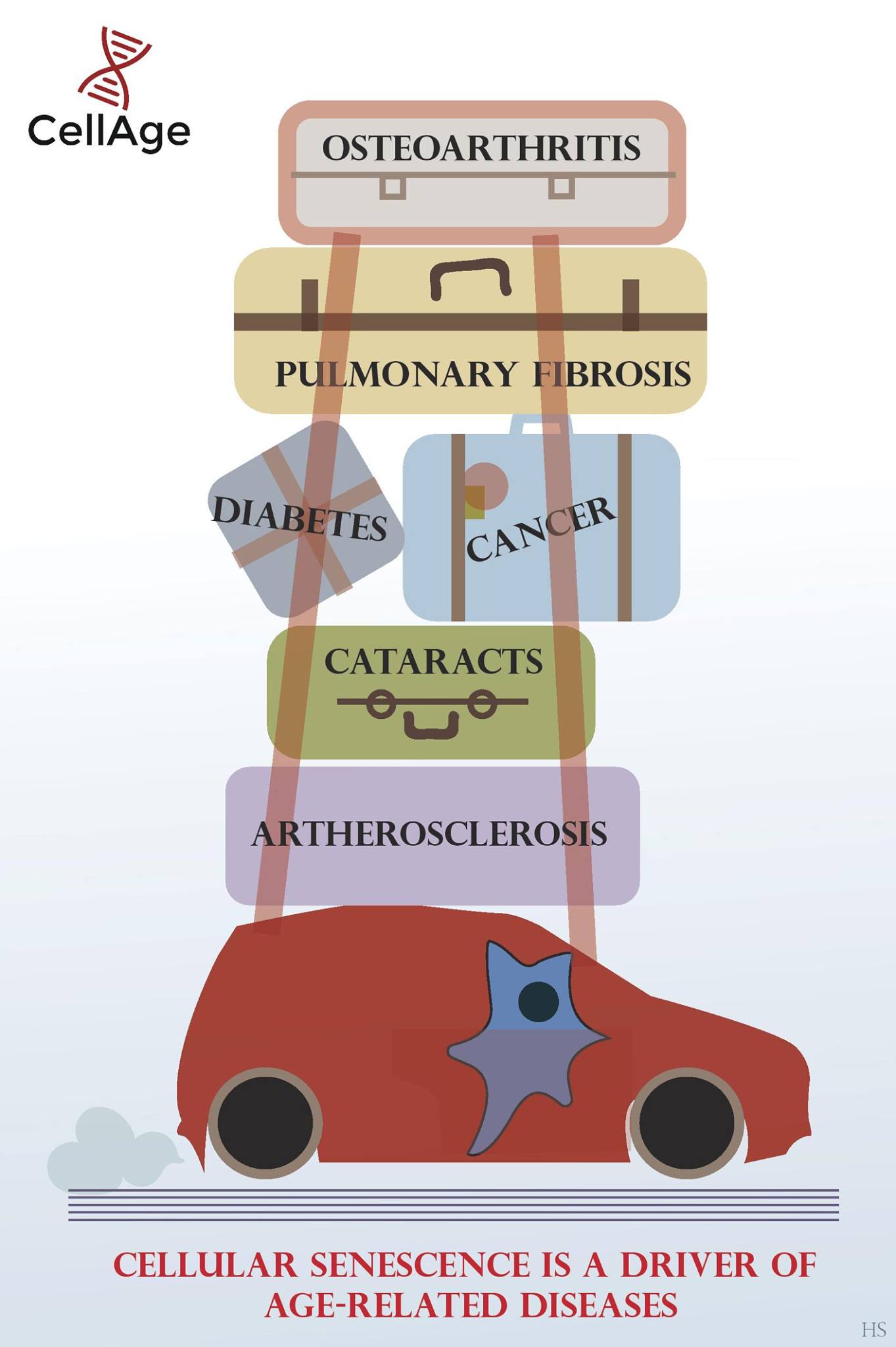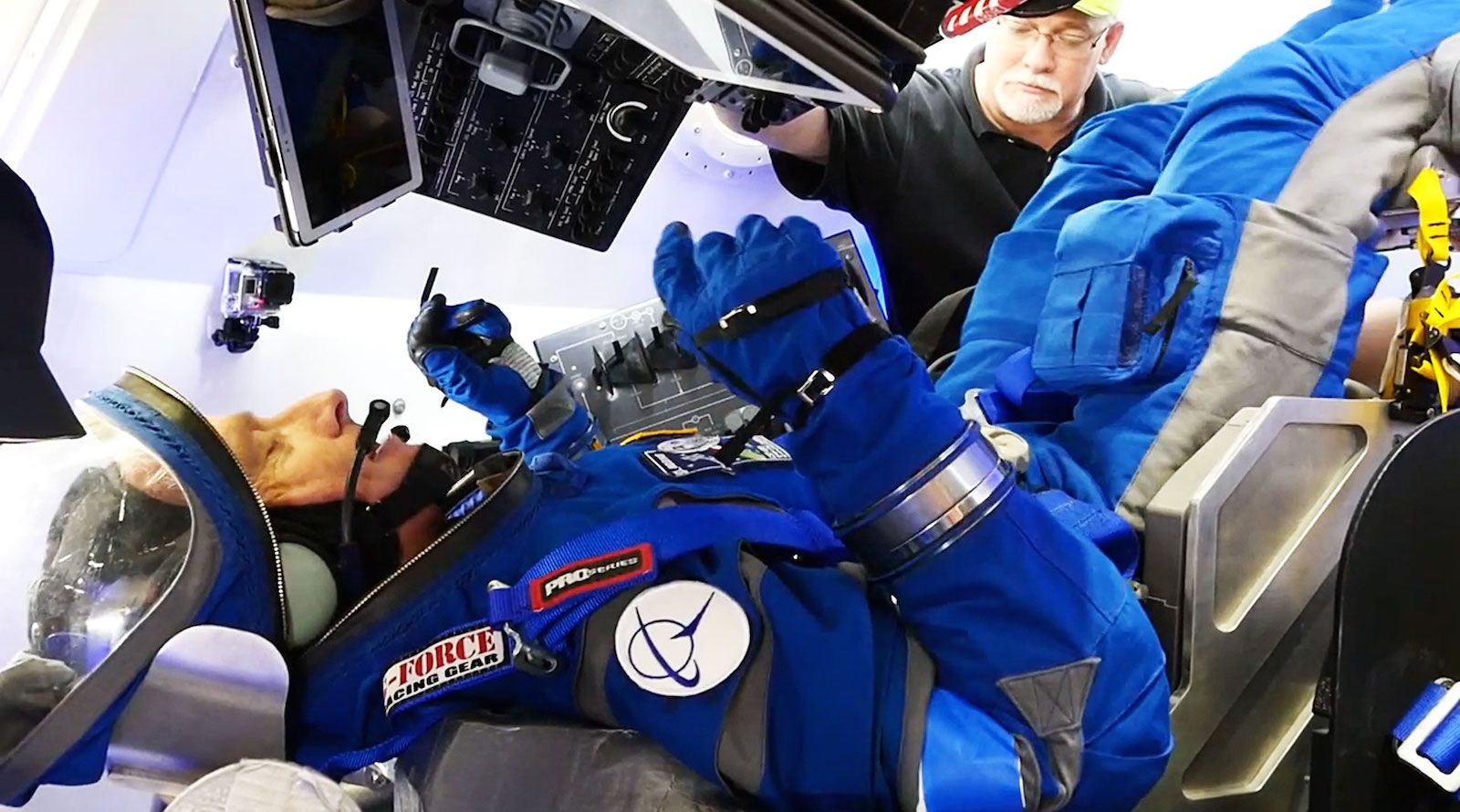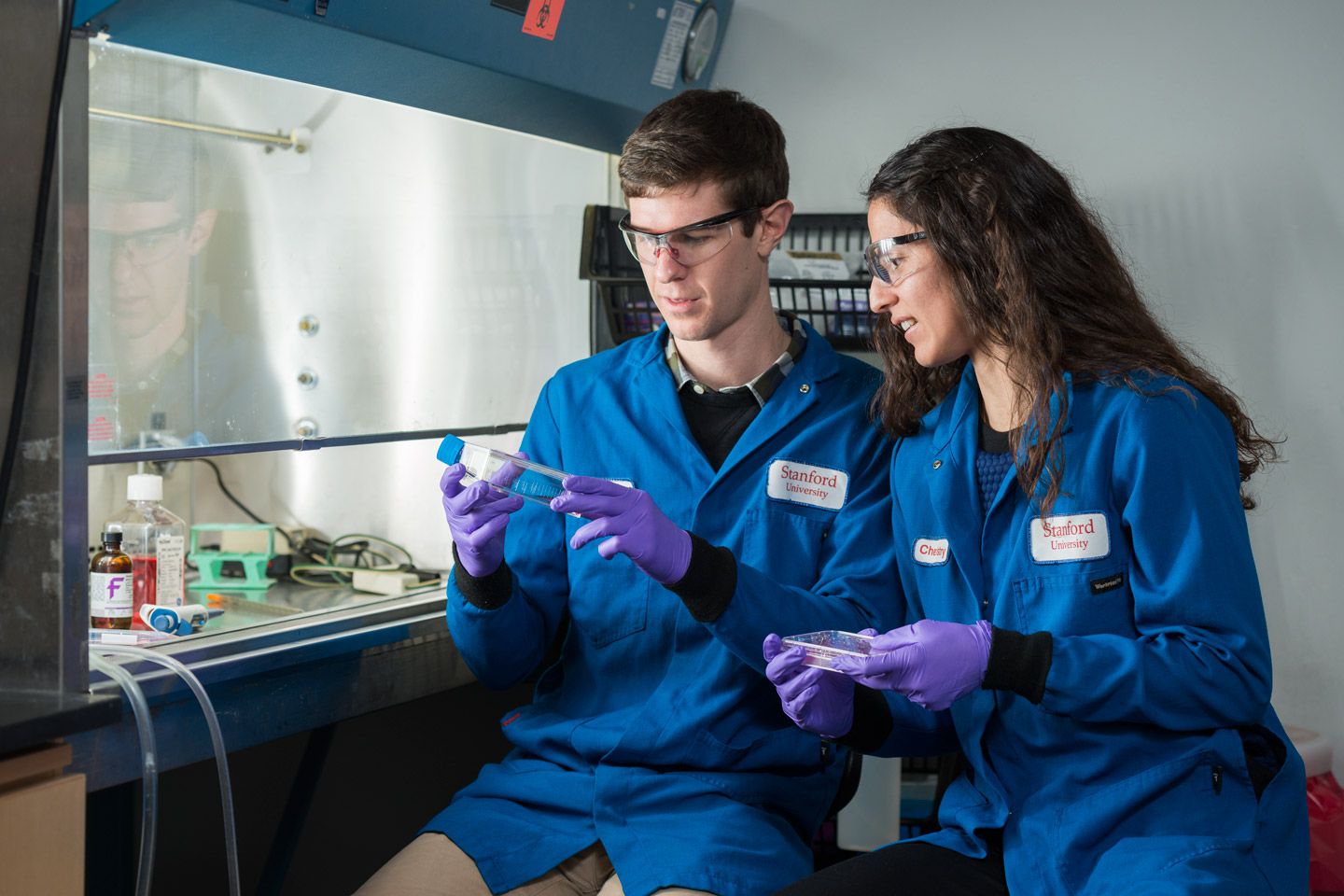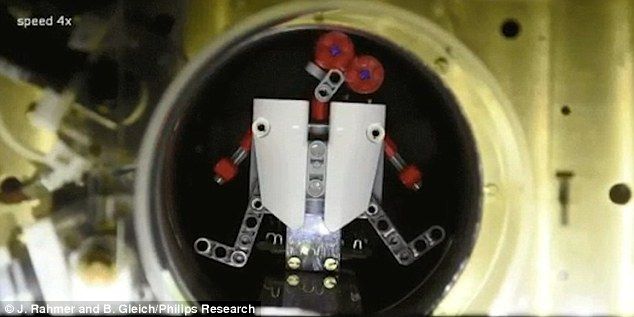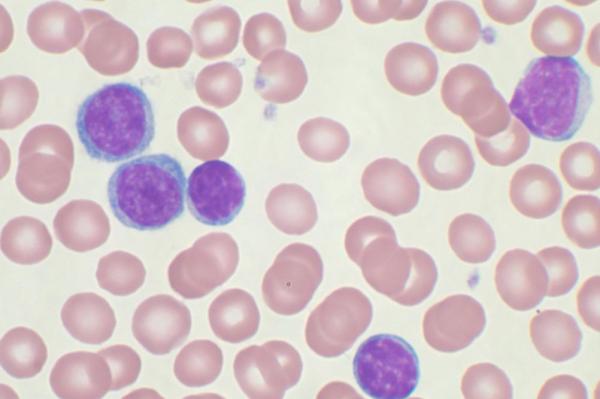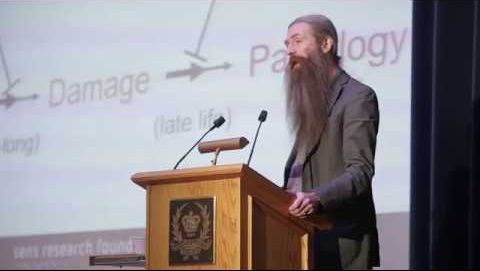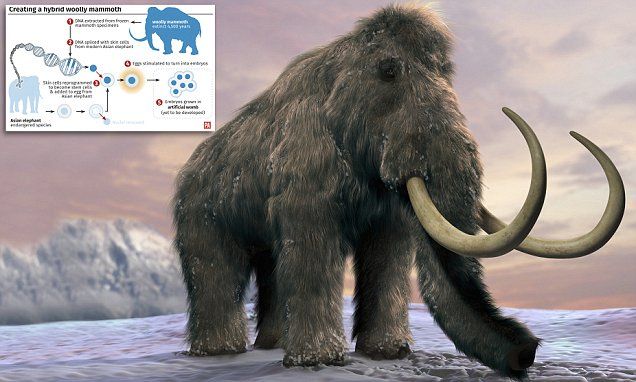Scientists are developing ways to edit the DNA of tomorrow’s children. Should they stop before it’s too late?
Category: biotech/medical
By Kelsey Tollefson | Executive Editor John Lenker
Space suits are iconic—a visual metaphor for the excitement of the original Space Race and mankind’s first forays off our planet. While many still associate space travel with the puffy white suits worn by astronauts in the 1960s, a proliferation of sci-fi movies in the intervening decades has opened our imaginations to a wider array of possibilities. Far from being fantastical, these new spacesuits reflect an evolved understanding of the considerations involved in protecting the human body from harsh environments outside Earth’s atmosphere.
Related: Under pressure: the past, present, and future spacesuit market.
The old joke in the US Natl. Labs is if you worked at ORNL, you glowed at night. Looks like DARPA has found a safer way to do it.
Timothy Blake, a postdoctoral fellow in the Waymouth lab, was hard at work on a fantastical interdisciplinary experiment. He and his fellow researchers were refining compounds that would carry instructions for assembling the protein that makes fireflies light up and deliver them into the cells of an anesthetized mouse. If their technique worked, the mouse would glow in the dark.
Not only did the mouse glow, but it also later woke up and ran around, completely unaware of the complex series of events that had just taken place within its body. Blake said it was the most exciting day of his life.
This success, the topic of a recent paper in Proceedings of the National Academy of Sciences, could mark a significant step forward for gene therapy. It’s hard enough getting these protein instructions, called messenger RNA (mRNA), physically into a cell. It’s another hurdle altogether for the cell to actually use them to make a protein. If the technique works in people, it could provide a new way of inserting therapeutic proteins into diseased cells.
We have stated this for a while; time to make it commercially available.
Our bodies are full of immune cells that circle around the blood, ready to see off any invaders.
And soon they could be getting a helping hand from tiny disease-fighting robots.
Scientists have created an army of magnetically-controlled robots which they say could help our bodies fight off diseases such as cancer.
Nice. My friend Alex Zhavoronkov will appreciate this article.
Feb. 16 (UPI) — Researchers at McGill University in Montreal have found that targeting the internal circadian or biological clock of cancer cells can affect growth.
Most cells in the human body have an internal clock that sets a rhythm for activities of organs depending on the time of day. However, this internal clock in cancer cells does not function at all or malfunctions.
“There were indications suggesting that the malfunctioning clock contributed to rapid tumor growth, but this had never been demonstrated,” Nicolas Cermakian, a professor in the department of psychiatry at McGill University, director of the Laboratory of Molecular Chronobiology at the Douglas Mental Health University Institute and author of the study, said in a press release. “Thanks to the use of a chemical or a thermic treatment, we succeeded in ‘repairing’ these cells’ clock and restoring it to its normal functioning. In these conditions, tumor growth drops nearly in half.”
Definitely yes on gene mutations; however, those where the disease has already appeared, or cancer that has occurred before will require another form of eradication/ prevention. And, that is where Quantum Biosystem technology will be effective in eliminating disease.
ALL inherited diseases could be cured within 20 years, a leading British expert claims.
It includes eradicating life-limiting conditions such as cystic fibrosis and Huntington’s disease.
Not too shock by this given other transplant patient’s stories of memories, etc.
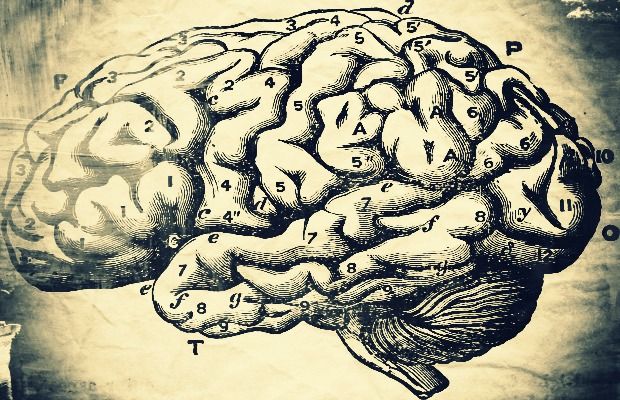 There are a lot of outrageous claims being made within the halls of neuroscience and artificial intelligence. Whether exaggerations, wishful thinking, the dreams of the egocentric and megalomaniacal to be immortal, or just drumming up funding for a never-ending round of “scientific investigation,” the year 2045 seems to always be cited as a target date.
There are a lot of outrageous claims being made within the halls of neuroscience and artificial intelligence. Whether exaggerations, wishful thinking, the dreams of the egocentric and megalomaniacal to be immortal, or just drumming up funding for a never-ending round of “scientific investigation,” the year 2045 seems to always be cited as a target date.
Ray Kurzweil popularized the notion of The Singularity – the threshold when computing power would match or exceed the human brain and human biological systems – in his 2006 book The Singularity is Near: When Humans Transcend Biology. In that book, and subsequent articles, he theorized that 2045 would be the far end of when we could expect full integration of human and machine that would create immortality.
So far there have been indications that we are indeed proceeding in this direction. Beyond the gadgets we all use to augment our intelligence, each day seems to offer a new medical development that reads more like science fiction than reality. Just the other day there was an article in The Seattle Times that a new type of flexible brain implant could enable the paralyzed to walk again. We have robotic prostheses, humanoid robots, artificial human skin, and a range of nanotechnology applications used in medicine and the military that are quickly redefining life and nature itself. In fact, it’s been proclaimed by scientists that the era of cyborgs has begun.
A great Q&A, especially with the deathists that crop up.
Website ► http://sens.org
YouTube ► https://www.youtube.com/user/SENSFVideo
Facebook ► https://www.facebook.com/sensf
Twitter ► https://twitter.com/senstweet
SENS Research Foundation is a 501©(3) public charity that is transforming the way the world researches and treats age-related disease.
“At SENS Research Foundation, we believe that a world free of age-related disease is possible. That’s why we’re funding work at universities across the world and at our own Research Center in Mountain View, CA.
Our research emphasizes the application of regenerative medicine to age-related disease, with the intent of repairing underlying damage to the body’s tissues, cells, and molecules. Our goal is to help build the industry that will cure the diseases of aging. ”
Aubrey de Grey ► http://goo.gl/Tc5QHl
Aubrey David Nicholas Jasper de Grey is an English author and theoretician in the field of gerontology and the Chief Science Officer of the SENS Research Foundation. He is editor-in-chief of the academic journal Rejuvenation Research, author of The Mitochondrial Free Radical Theory of Aging (1999) and co-author of Ending Aging (2007). He is known for his view that medical technology may enable human beings alive today to live to lifespans far in excess of any existing authenticated cases.
De Grey’s research focuses on whether regenerative medicine can thwart the aging process. He works on the development of what he calls “Strategies for Engineered Negligible Senescence” (SENS), a collection of proposed techniques to rejuvenate the human body and stop aging. To this end, he has identified seven types of molecular and cellular damage caused by essential metabolic processes. SENS is a proposed panel of therapies designed to repair this damage.

